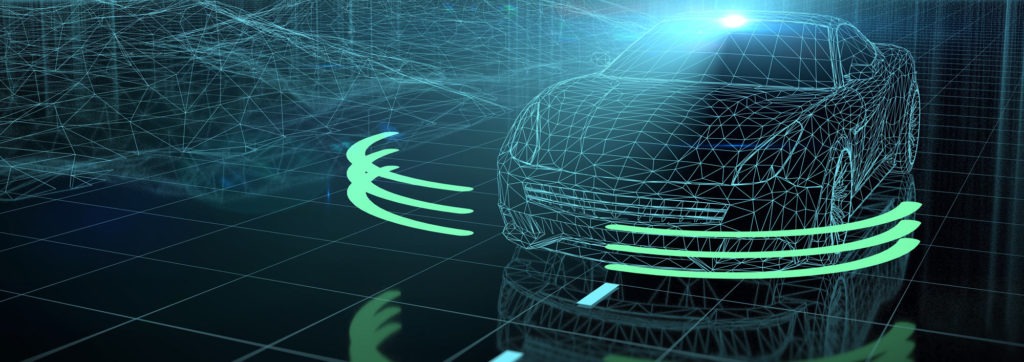Renault looks to autonomous design future as Mobileye launches fleet plans
10 August 2017

10 August 2017
The development of autonomous cars will inevitably capture every vehicle manufacturer in its web, as the technology becomes a necessity on roads around the world. While it may seem like the future of motoring, carmakers are currently planning their new models around driverless systems.
One such manufacturer is Renault, which is about to begin a new model cycle with a fresh design of its cars. Its current trends were led by the company’s design chief Laurens van den Acker, the man who will also take charge of the new developments, including the integration of autonomous technology.
Speaking to Automotive News, van den Acker discussed how the company’s Trezor concept would be worked into the new model cycle: ′It points to a future that will be more electric, more autonomous, more connected, and it’s a first shot at answering these questions. It confirms that we are putting more emotion into our cars, something we have done in the first generation through great proportions and very sensual shapes. I’m not sure how useful it is to look ahead more than 10 years. A few years ago, no one was talking about autonomous cars, and they have been sprung upon us in a very short time, which shows that new technologies are coming at us faster than we can predict.’
In regards to future technology and design, van der Acker adds: ′Currently, the thinking is that we need to add somewhere between 25 and 30 sensors and cameras to make a car completely aware of its environment. How on earth do we integrate this in a way that is appetizing? Do you show off the technology to show everybody that you have it, or do you hide it? There might be some need to indicate that a car is driving in autonomous mode, so how do you signal that to the drivers around you?
Van der Acker also acknowledged the freedoms that autonomous cars would give designers: ′I’m convinced that cars will become so intelligent that you will never crash again, even if you fall asleep or fail to pay attention. Therefore, I think you will be able to take hundreds of kilograms out of the car. A car today is a very sophisticated product, but in many ways it’s overdesigned. It’s like walking around with a parachute for the one time that you might fall out of an airplane. There is an inherent inefficiency — you have six airbags, you have electric motors everywhere, you have sensors, you have crush zones, passive safety cushions. If you could take all this out, it would give us freedom to really design beautiful objects. I’m very optimistic as a designer that after the onslaught of technology that will come, we will enter a golden era of design, with lots of freedom.’
While Renault may be excited about the future, there are signs that the level of partnerships between manufacturers and technology companies could actually be a way of spreading the burden of investment should autonomous cars prove unpopular, and therefore unprofitable. There was initial scepticism when electric vehicles were launched, with high prices to cover development costs. The technology has only seen more sales as prices have come down, although development is ongoing.
Meanwhile, following the finalisation of its purchase of Israel-based autonomous technology company Mobileye, Intel has announced plans to build 100 Level 4 autonomous vehicles for testing purposes. These cars will be deployed on roads in the US, Europe and Israel, with the first cars launching this year.
′Building cars and testing them in real-world conditions provides immediate feedback and will accelerate delivery of technologies and solutions for highly and fully autonomous vehicles,’ said Amnon Shashua, soon-to-be senior vice president of Intel Corporation and future CEO/CTO of Mobileye, in a statement. ′Geographic diversity is very important as different regions have very diverse driving styles as well as different road conditions and signage. Our goal is to develop autonomous vehicle technology that can be deployed anywhere, which means we need to test and train the vehicles in varying locations.’
The fleet will include multiple car brands and vehicle types to demonstrate the technology’s agnostic, flexible nature.
The test fleet will allow the hybrid solution based on Mobileye and Intel technology to be demonstrated to current and prospective customers in a real-world landscape, and also serve as a base to interact directly with regulators. It will also showcase novel concepts of mapping and safety validation, which are both geared toward scalability for wide deployment of the technology.